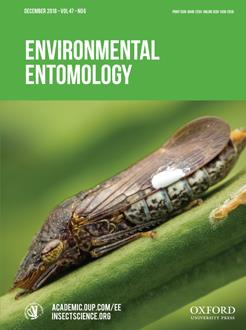Understanding how biodiversity is distributed across space and time is one of the main challenges of biological conservation. Moreover, the choice of an adequate sampling methodology is crucial since this must provide an efficient overview of species diversity. We assessed the effectiveness and complementarity of three sampling methods (hand collection [HC], pitfall trapping [PT], and light trapping [LT]) for collecting ground beetles, which are known as a robust ecological indicator sensitive to habitat modifications. Our results varied in the number of species and abundance thereof caught by each sampling method. Both HC and LT were the most efficient and showed the highest species complementarity. HC recorded the highest number of ground beetle individuals, whereas the largest number of species were recorded with LT, but most represented by few individuals. Furthermore, the results revealed that PT do not work efficiently to provide reliable inventories in the remnant riparian cloud forests, which are characterized to be a highly heterogeneous environment. Our results might provide guidelines to choose the most efficient standardized sampling protocol for future inventory and monitoring of ground beetle (Coleoptera: Carabidae) diversity as a tool for the conservation planning in this threatened ecosystem.
BioOne.org will be down briefly for maintenance on 17 December 2024 between 18:00-22:00 Pacific Time US. We apologize for any inconvenience.
How to translate text using browser tools
28 August 2018
Assessing Three Sampling Methods to Survey and Monitor Ground Beetles (Coleoptera: Carabidae) in Riparian Cloud Forests
Alfredo Ramírez-Hernández,
Federico Escobar,
Enrique Montes de Oca,
Lucrecia Arellano
ACCESS THE FULL ARTICLE
It is not available for individual sale.
This article is only available to subscribers.
It is not available for individual sale.
It is not available for individual sale.

Environmental Entomology
Vol. 47 • No. 6
December 2018
Vol. 47 • No. 6
December 2018
capture effectiveness
conservation
Neotropic
species diversity
threatened forest
Veracruz




